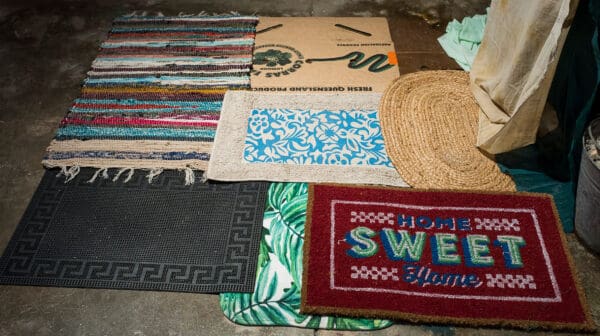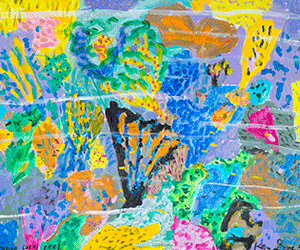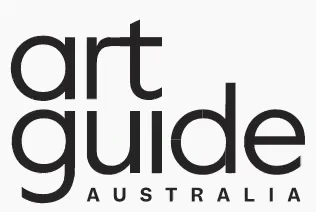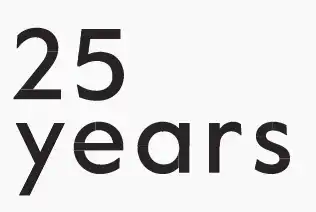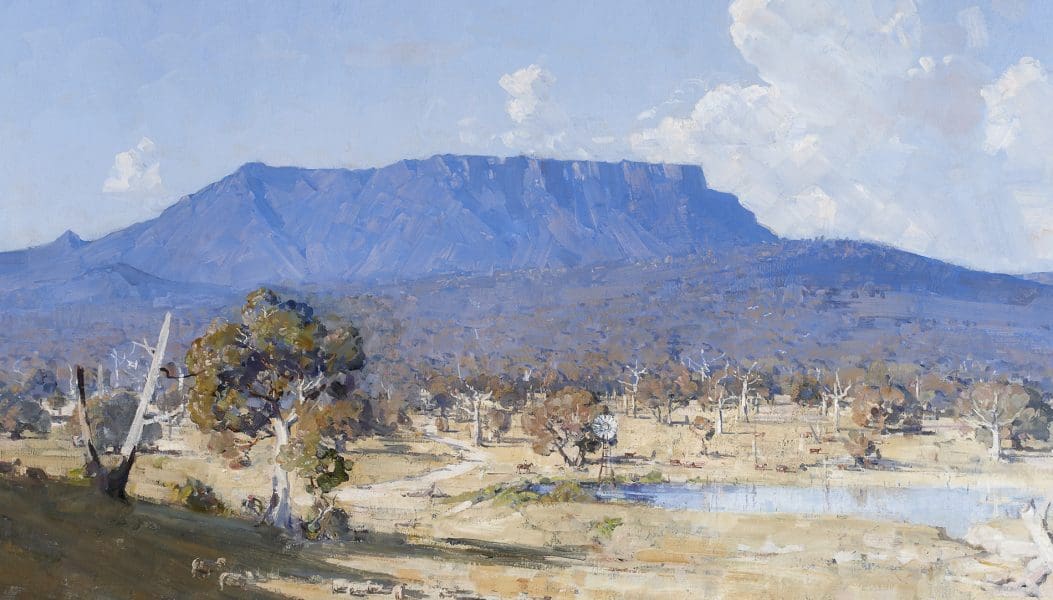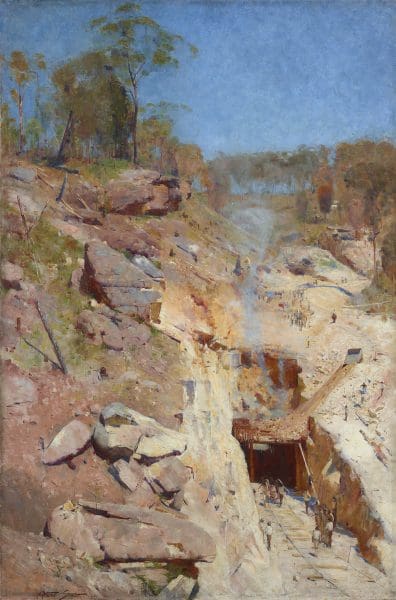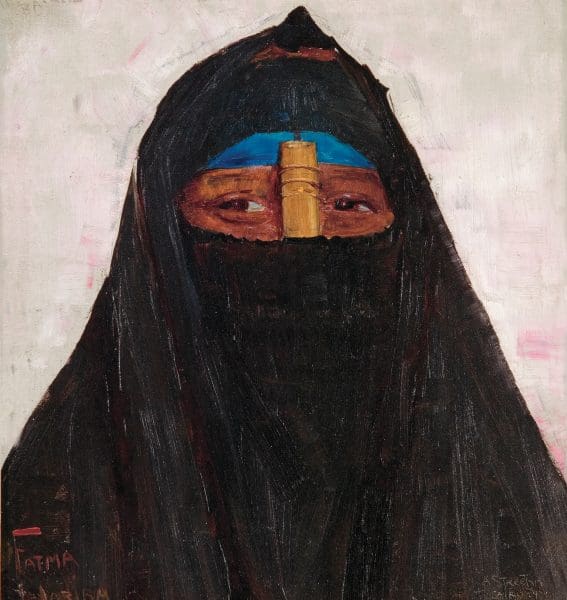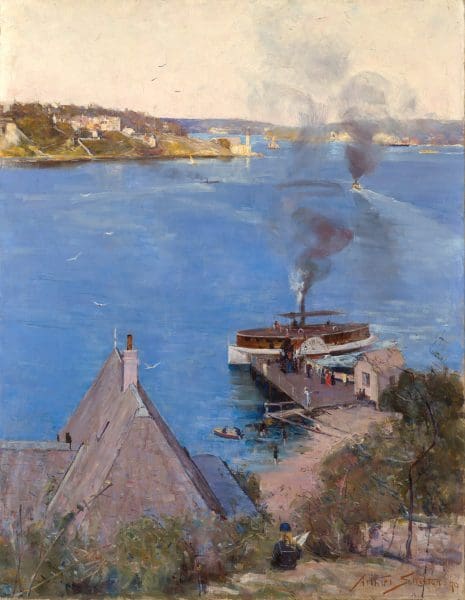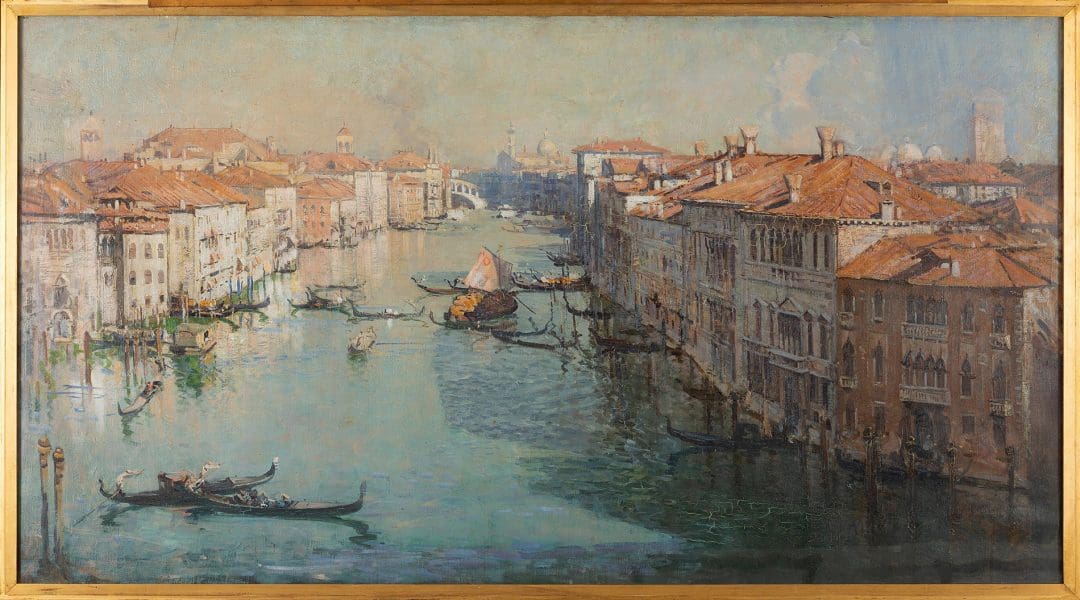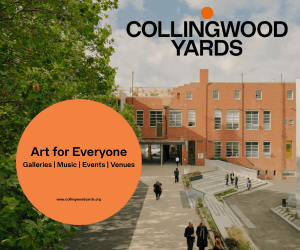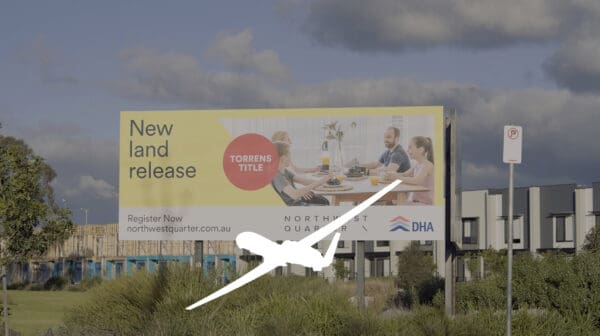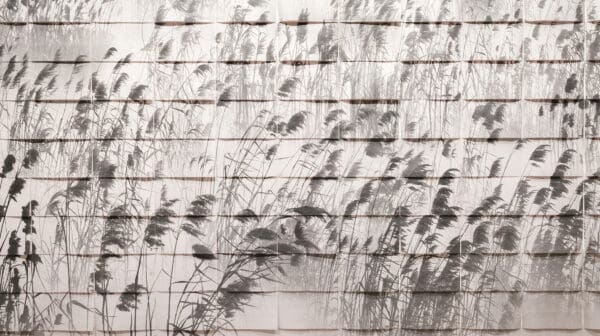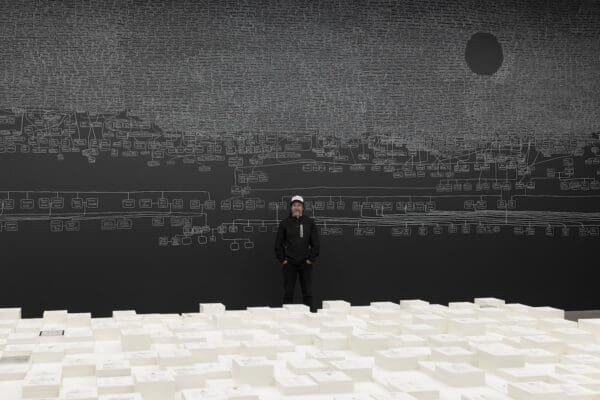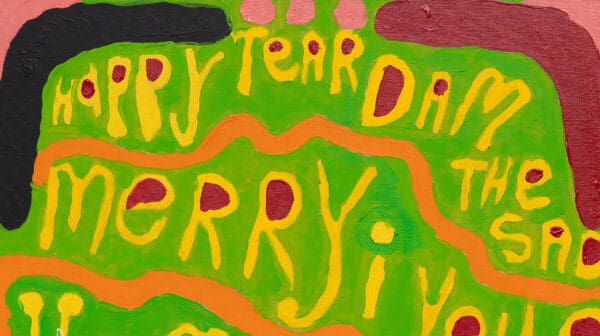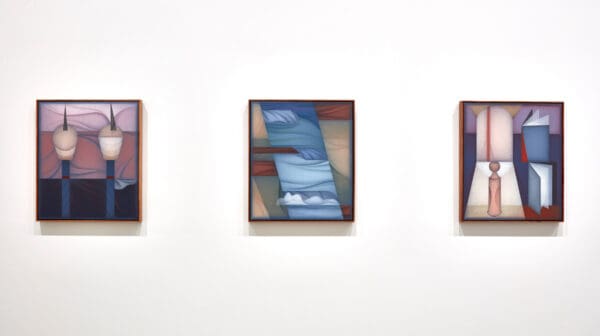It’s extraordinary to discover from Wayne Tunnicliffe, head curator of Australian art at the Art Gallery of New South Wales, that there are no books on Arthur Streeton currently in print.
Add to this the fact that the last retrospective of Streeton’s all-too-famous work was held 25 years ago—and before that in 1944. Tunnicliffe is redressing this surprising lack with a big new show (and a big book) that showcases 150 works, some of them not exhibited for more than a century. This show doubles the number in that last survey of 1995.
Tunnicliffe was keen to offer something fresh in Streeton—and he has. The curator has allotted equal weight to the large stretch of time Streeton spent working internationally, alongside his more recognisable Australian works. “A key focus is to explore Streeton’s cosmopolitanism—from his embrace of the international Impressionist movement and developing an Australian iteration with his artist friends in the 1880s, to his living and working in London for 25 years while painting in the United Kingdom, Egypt, Italy and France.”
The show draws parallels with contemporary concerns by exploring Streeton’s deep engagement later in his life with protecting the Australian environment. “It also explores the sheer joy and brio in his art and how his heartfelt connection to nature and landscape still resonates strongly with our audiences today,” Tunnicliffe says. The final four sections of the exhibition explore Streeton’s art after he returned to Australia in the early 1920s, entwining big-view Australian landscapes and images of Sydney city and harbour with paintings lamenting the loss of forests.
“To Streeton, how we lived in the city and country were deeply connected and he championed better urban planning along with the need to protect our natural environment. Many of his paintings are very direct in addressing these concerns.”
Streeton
Arthur Streeton
Art Gallery of New South Wales
7 November—14 February 2021
This article was originally published in the November/December 2020 print edition of Art Guide Australia.
